A breakthrough in Hilbert’s sixth problem is a major step in grounding physics in math


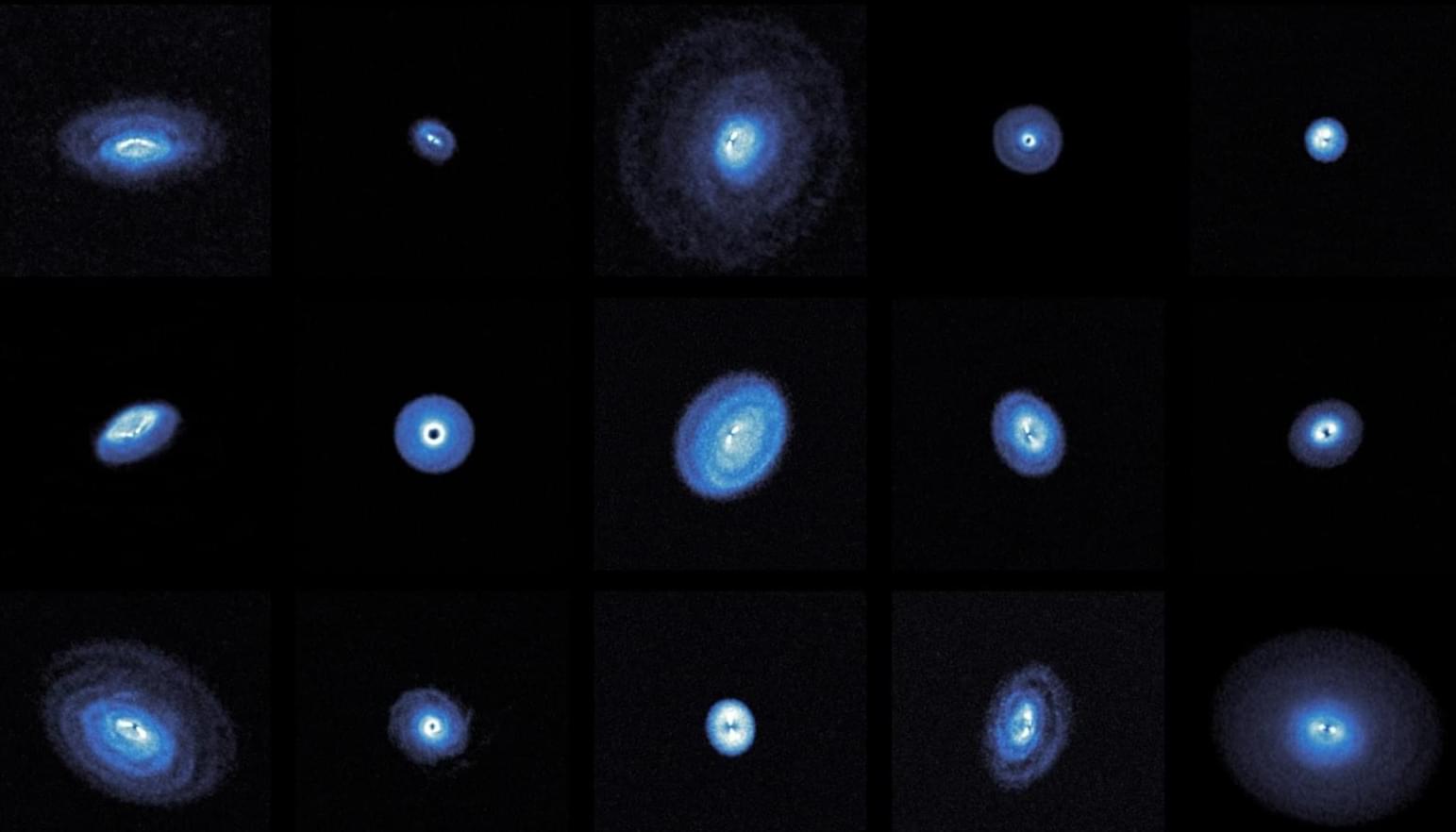
Using ALMA, Teague’s team captured images of 15 young star systems sprinkled in space between a few hundred to 1,000 light-years from Earth. Rather than rely on direct detection of a young planet’s faint light, Teague’s team looked for the subtle clues these infant worlds imprint on their surroundings — such as gaps and rings in dusty disks, swirling gas motions caused by a planet’s gravity, and other physical disturbances that hint at a planet’s presence. To uncover these signatures, the researchers used ALMA to map the motion of gas within over a dozen protoplanetary disks.
“It’s like trying to spot a fish by looking for ripples in a pond, rather than trying to see the fish itself,” Christophe Pinte, an astrophysicist at the Institute for Planetary sciences and Astrophysics in France, who was also a principal investigator of the project, said in the statement.
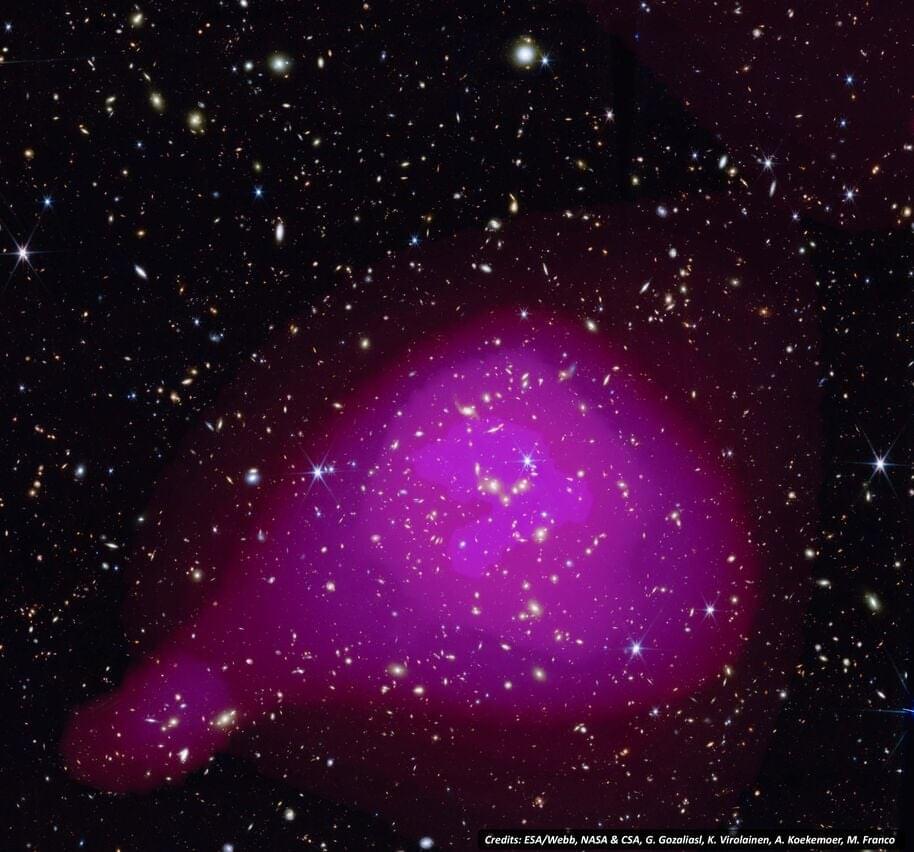
This extensive catalog spanning 11 billion years of cosmic history allows scientists to compare ancient galaxy structures with more recent ones, revealing evolutionary patterns in galaxy groups and their brightest central galaxies. The observations show a dramatic transformation: distant galaxies from the early universe appear irregular with active star formation, while those closer to our time have “quenched” star formation and developed more organised elliptical or spiral structures.
This groundbreaking JWST survey marks the beginning of a new era in understanding galactic evolution. With 1,700 galaxy groups identified across nearly the entire history of our universe, astronomers now have an unprecedented roadmap for further investigation. Future studies will explore the physics driving these transformations—from dark matter’s role in structural formation to how supermassive black holes influence their host galaxies. As researchers analyze this rich data, we can expect significant revisions to existing theories about galaxy formation and evolution.
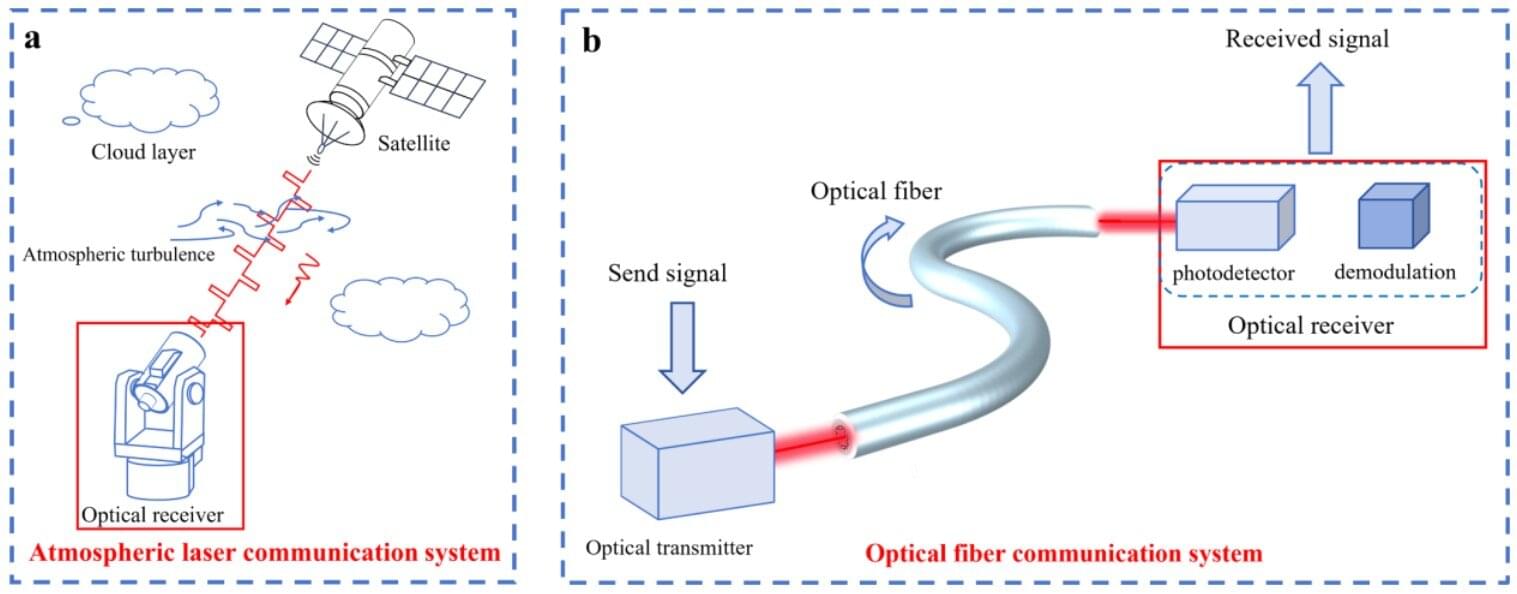
Polarization, along with intensity, wavelength, and phase, is a fundamental property of light. It enhances contrast and resolution in imaging compared to traditional intensity-based methods. On-chip polarization devices rely on complex four-pixel arrays or external polarizers.
Current solutions face two key challenges: limited spectral response in plasmonic and metasurface-based devices, and difficulty in simultaneously detecting the angle (AoLP) and degree (DoLP) of linear polarization in low-dimensional anisotropic materials. Achieving wide-spectrum, high-precision polarization detection remains a critical challenge in the field.
To address this, a research team led by Prof. Li Liang from the Institute of Solid State Physics, the Hefei Institutes of Physical Science of the Chinese Academy of Sciences, in collaboration with Prof. Zhai Tianyou from Huazhong University of Science and Technology, has developed a novel “torsion unipolar barrier heterojunction” device.
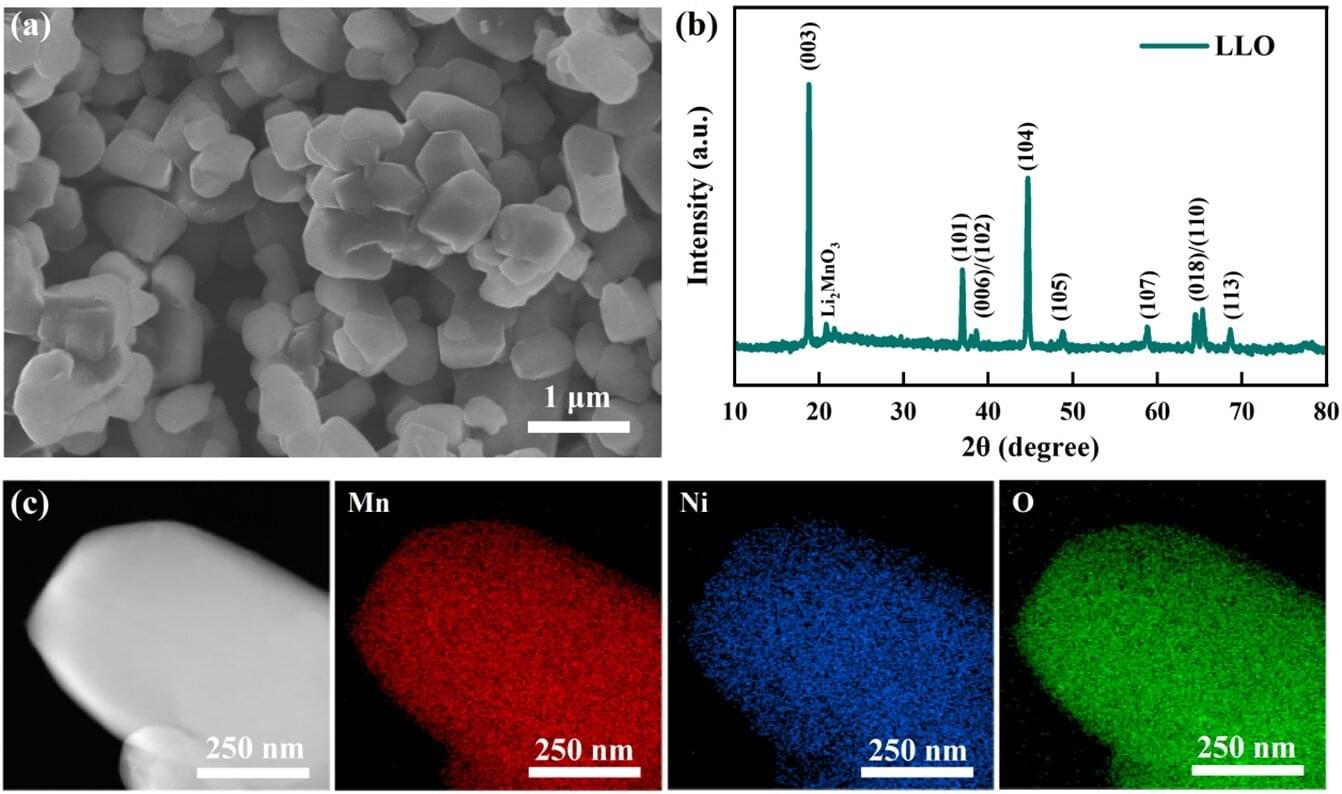
Recently, a research team achieved real-time tracking of electronic/magnetic structure evolution in Li-rich Mn-based materials during the initial cycling through the self-developed operando magnetism characterization device.
Their study, published in Advanced Materials, elucidated the critical mechanism underlying the oxygen redox reaction. The research team was led by Prof. Zhao Bangchuan from the Institute of Solid State Physics, the Hefei Institutes of Physical Science of the Chinese Academy of Sciences, in collaboration with Prof. Zhong Guohua from the Shenzhen Institute of Advanced Technology and Prof. Li Qiang from Qingdao University.
With the rise of electric vehicles and the low-altitude economy, the demand for high-energy-density batteries is growing. Li-rich Mn-based materials stand out due to their high capacity, wide voltage range, and cost-effectiveness.
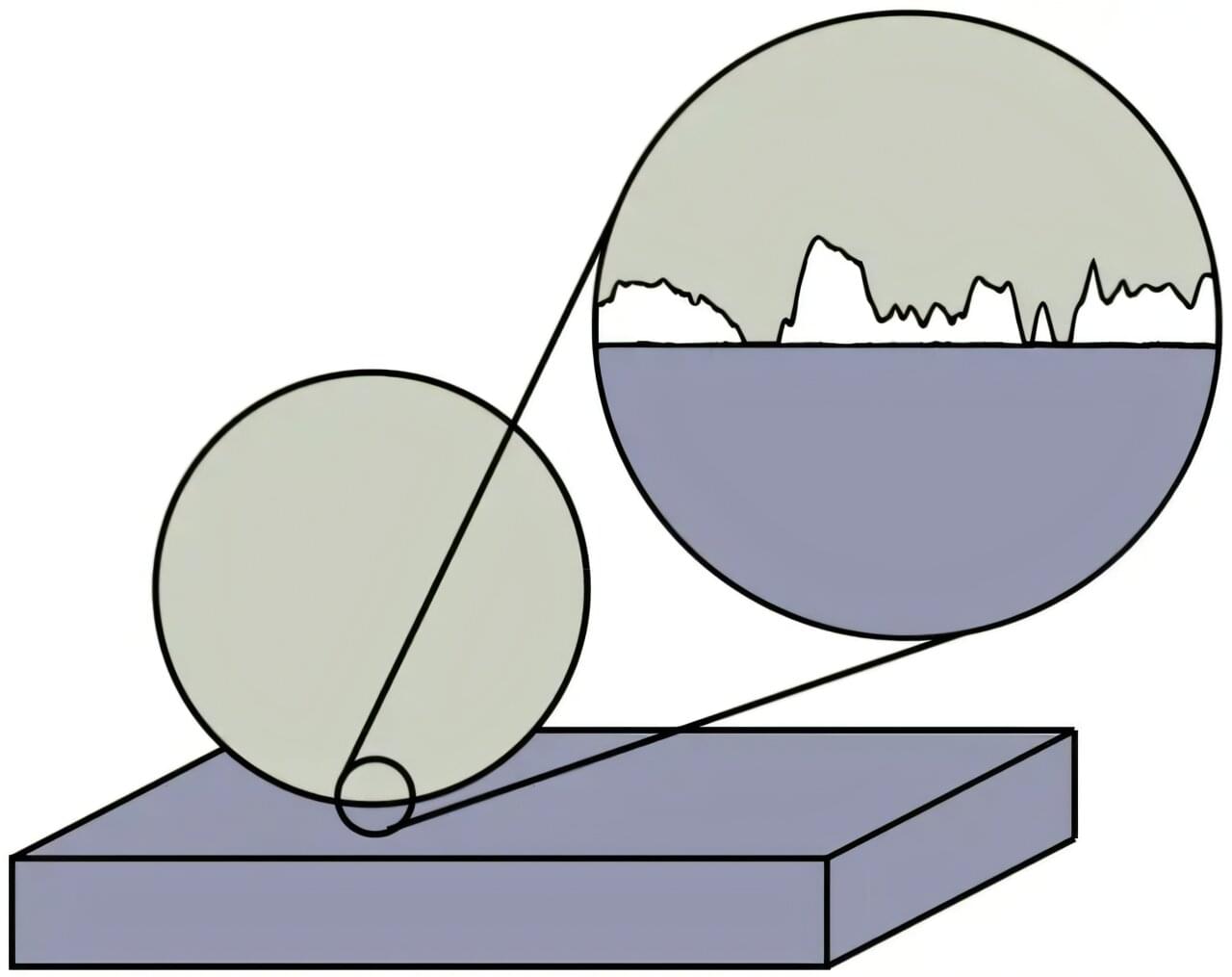
Picture yourself at a busy pedestrian crossing. When the light is red, everyone waits—until one person starts to cross. Soon, others follow, and eventually everyone follows the crowd and crosses. Amsterdam physicists have discovered that a very similar process happens at the microscopic level, when two touching surfaces start to slide. Their results were published in Physical Review Letters this week.
In their experiment, Liang Peng, Thibault Roch, Daniel Bonn and Bart Weber pressed a smooth silicon surface against a rough one. The researchers, from the University of Amsterdam and the Advanced Research Center for Nanolithography, then explored how the friction behaved when the strength with which the two surfaces are pressed together was varied. Does it get harder to slide the two surfaces along one another when one presses harder? And, importantly: why?
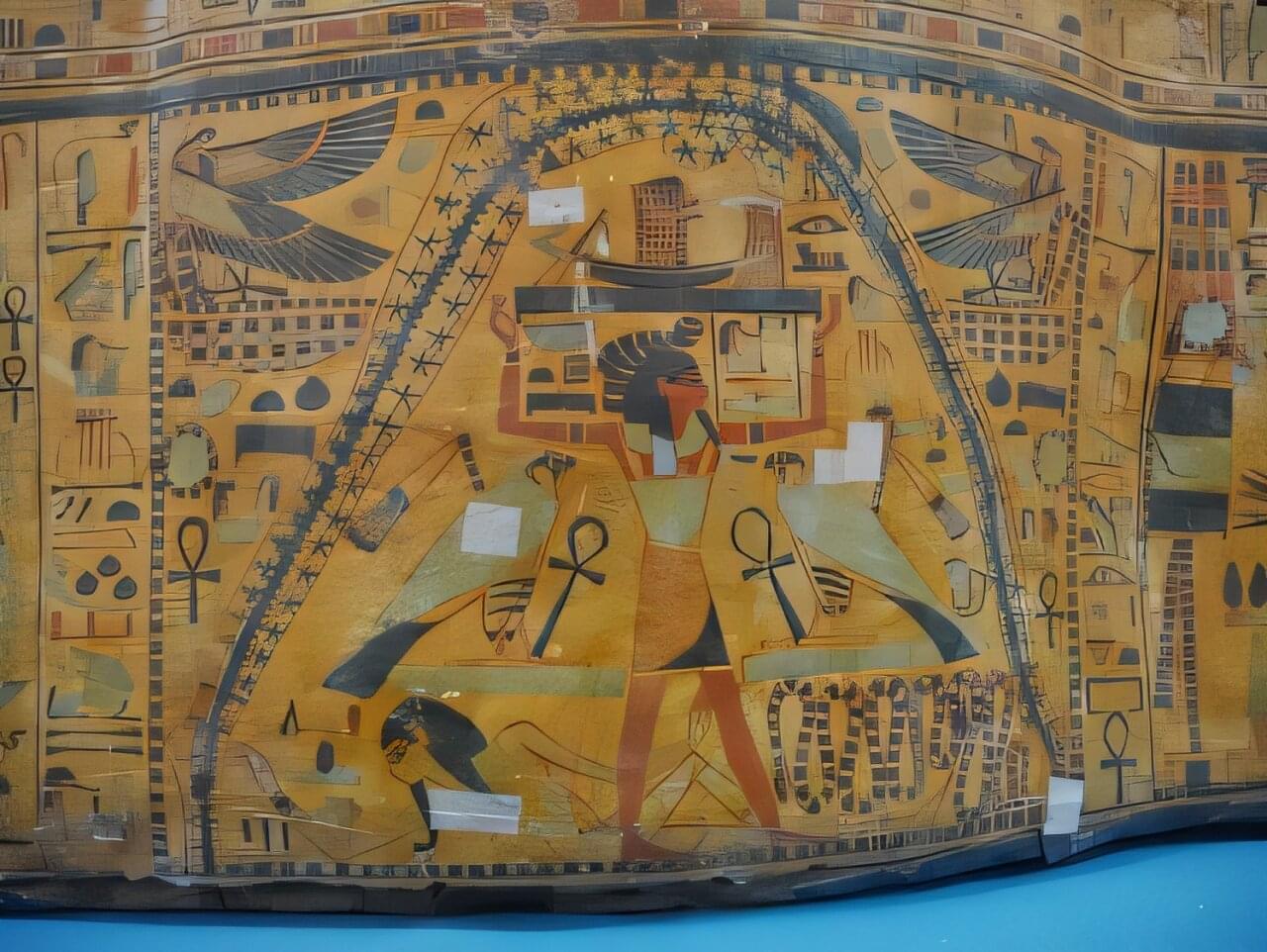
An interest in understanding the role that the Milky Way played in Egyptian culture and religion has led University of Portsmouth Associate Professor of Astrophysics, Dr. Or Graur to uncover what he thinks may be the ancient Egyptian visual depiction of the Milky Way.
Various Egyptian gods are either associated with, symbolize, or directly embody certain celestial objects. In his study, Dr. Graur reviewed 125 images of the sky-goddess Nut (pronounced “Noot”), found among 555 ancient Egyptian coffins dating back nearly 5,000 years.
Combining astronomy with Egyptology, he analyzed whether she could be linked to the Milky Way and his findings are now published in the Journal of Astronomical History and Heritage.
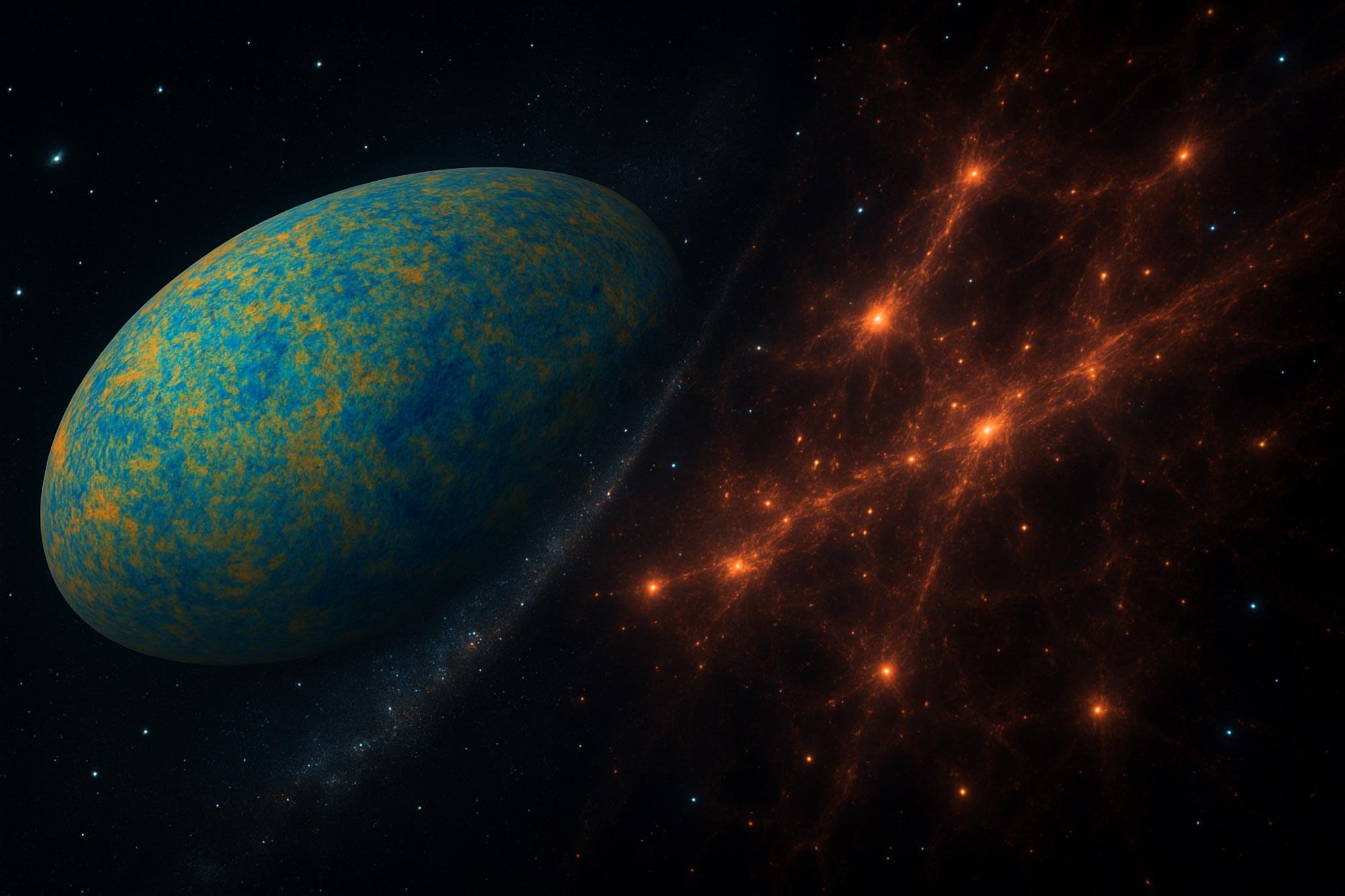
Over billions of years, the universe has transformed from a simpler state into an intricate cosmic web, but new research hints that the growth of cosmic structures may not have unfolded exactly as predicted.
Using data from the Atacama Cosmology Telescope and the Dark Energy Spectroscopic Instrument, scientists compared ancient cosmic light with the modern distribution of galaxies, essentially creating a multidimensional cosmic timeline. Their findings reveal a slight but intriguing discrepancy: matter appears to be a bit less “clumpy” today than early models anticipated. While not definitive enough to rewrite physics, this subtle irregularity opens exciting possibilities about the mysterious forces, like dark energy, that could be subtly reshaping the universe.
The Cosmic Dance of Matter.
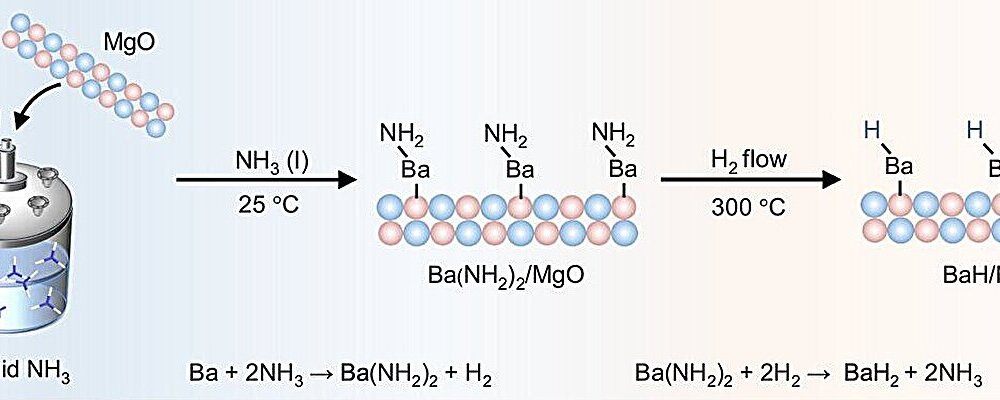
Alkali and alkaline earth metal hydrides hold great promise for hydrogen storage and hydrogen-involved chemical transformations due to the unique properties of hydridic hydrogen (H-). However, bulk hydrides often suffer from high lattice energy and limited exposure of active sites, hindering their catalytic performance.
In a study published in Nature Communications, a research group led by Prof. Guo Jianping and Prof. Chen Ping from the Dalian Institute of Chemical Physics of the Chinese Academy of Sciences, collaborating with Prof. Chang Fei from Yongjiang Laboratory and Prof. Rao Li, from Central China Normal University, developed atomically dispersed barium hydride catalysts for the synthesis of deuterated alkylarenes.
Researchers synthesized atomically dispersed barium hydride catalysts on magnesium oxide (BaH/MgO) using a convenient impregnation-hydrogenation method. This (sub)nanostructured hydride material acted as an efficient, transition metal-free heterogeneous catalyst for hydrogen activation and hydrogen isotope exchange reactions across a range of nonactivated alkylarene substrates.
